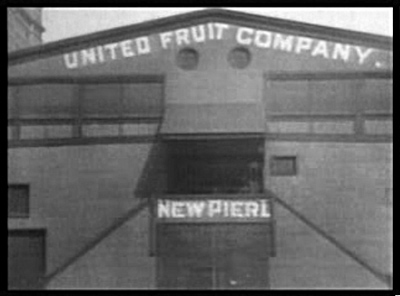
In order to understand how it is that the world’s banana industry got to this volatile point, let’s look at various historical events that involve the big banana companies and the way they have conducted their businesses.
One of the bigger moments you’ll hear the term banana and coup intersect is the Guatemala coup of 1954.
It was the second ever democratic election in that country, and a man by the name of Arbenz was elected in 1950 with 65% of the vote.? His campaign was focused on economic independence from the United States and reforming a nation that had been ruled by a dictator for so long.? Once elected he took action to re-distribute land that during the time of the dictatorship was bought up by United Fruit (known today as Chiquita).? The company was in fact Guatemala’s largest land owner and only cultivated 85% of their land.? Arbenz’ plan was to get much of that land out of their hands and into the hands of poor and landless Guatemalans, so that they could cultivate their own land and also- feed themselves.
The election of Arbenz threw United Fruit into a panic. With their extensive contacts within the US government, including in the CIA, they began drafting plans and allocating money to stage a coup and install a government that would hault any land and economic reforms that threatened United Fruit.? Part of their plan, with the help of the godfather of public relations, Edward Bernays, was to portray the Arbenz government as communist and a threat to the United States.? Their campaign was so successful that they had the full support of the Eisenhower administration, and plenty of weapons and military advisers to carry out their coup.
When it was all over, Arbenz resigned and 250,000 Guatemalans had been killed. In the place of the democratically elected president, the army general and dictator by the name of Armas. With a dictator that favored United Fruit, the land reforms were stopped and the global banana industry status quo was preserved.
Here’s an interesting recounting of the United Fruit effort in Guatemala, from documentary maker Adam Curtis: